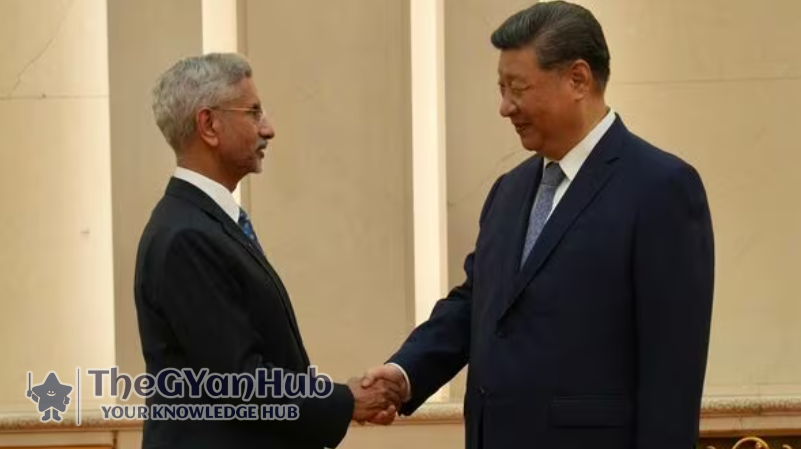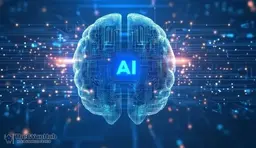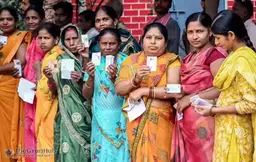I’m a passionate writer who loves exploring ideas, sharing stories, and connecting with readers through meaningful content.I’m dedicated to sharing insights and stories that make readers think, feel, and discover something new.
A Landmark Meeting in Beijing
In a development of major diplomatic significance, India's External Affairs Minister, S. Jaishankar, met with Chinese President Xi Jinping in Beijing on Tuesday. The meeting is a critical part of Jaishankar's first official visit to China since the bilateral relationship hit a low point following the Galwan Valley clashes in 2020.
The high-level engagement signals a concerted effort by both Asian giants to stabilize and improve their complex relationship. Jaishankar, who was in Beijing for a Shanghai Cooperation Organisation (SCO) meeting, used the opportunity to hold crucial discussions with the top Chinese leadership.
The Core of the Conversation
Following the meeting, EAM Jaishankar took to X (formerly Twitter) to share insights. He confirmed that he had "Apprised President Xi of the recent development of our bilateral ties," and expressed appreciation for the "guidance of our leaders" in steering the relationship forward. He also conveyed the official greetings of India's President Droupadi Murmu and Prime Minister Narendra Modi to the Chinese President.
This diplomatic language points towards substantive discussions about the progress made in disengaging troops along the Line of Actual Control (LAC) and charting a course for future cooperation.
A 'Positive Trajectory': The Road from Kazan to Beijing
This high-profile visit does not exist in isolation. It builds upon a critical turning point that occurred in October 2024. During a summit in Kazan, a meeting between Prime Minister Narendra Modi and President Xi Jinping broke the diplomatic ice that had set in after 2020.
That meeting was instrumental in restarting dialogue and led to concrete announcements about troop disengagement plans at Depsang and Demchok—two of the most persistent friction points in the Ladakh sector.
Jaishankar's current visit is aimed at ensuring this forward momentum is maintained. "I am confident that my discussions in this visit will maintain that positive trajectory," the minister had stated, underscoring the primary goal of his trip.
The Diplomatic Groundwork
Before his crucial meeting with President Xi, Jaishankar also held talks with Chinese Vice President Han Zheng. During that interaction, he highlighted the importance of direct and open communication.
"As neighbouring nations and major economies, an open exchange of views and perspectives between India and China is very important," Jaishankar said, setting a constructive tone for his visit. The External Affairs Minister is also scheduled to hold detailed bilateral talks with his direct counterpart, Chinese Foreign Minister Wang Yi, to hash out the finer details of the relationship.
Why This Visit Matters: Beyond the Handshake
The significance of Jaishankar's visit to Beijing extends far beyond the optics of a handshake.
Restoring Normalcy: It marks a definitive step towards normalizing diplomatic exchanges, which had been largely frozen at the highest levels for almost five years.
Resolving Border Issues: The core focus remains the complete resolution of the border situation at the LAC. This visit is crucial for building political trust to complement the ongoing military-level talks.
Regional Stability: As key members of the SCO and two of the world's largest economies, a stable India-China relationship is vital for the entire Asian continent and the global geopolitical landscape.
While challenges remain, the clear intent from both sides is to move past the acrimony of recent years and build a more predictable and stable relationship.
EAM S. Jaishankar's discussions in Beijing are a vital checkpoint in the long and arduous process of rebuilding trust between India and China. While the "positive trajectory" is encouraging, the true test will lie in the continued disengagement at the border and the expansion of cooperation in other areas. This visit serves as a strong foundation for that future.






